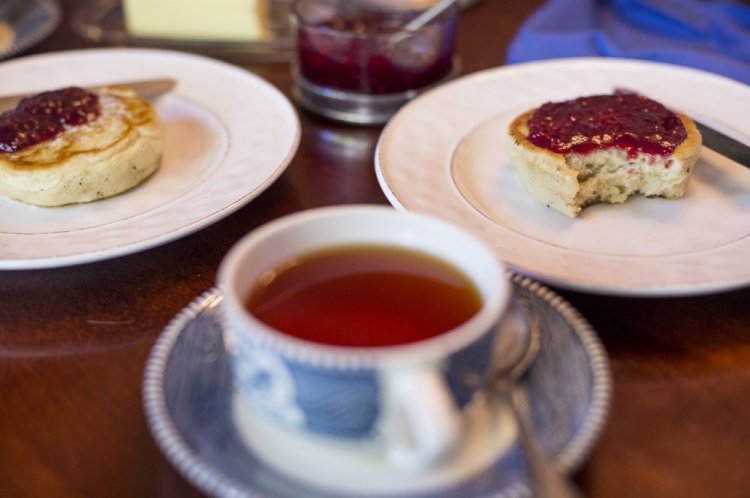I spent three years in my early 30s, when my husband was in graduate school, living as a resident tutor in a suite of dorm rooms with no real kitchen.
In the corner of our main living space was a 48-inch bank of Formica laminate cabinets, an apartment-sized refrigerator, a microwave oven and a two-burner hot plate. The kitchen sink was in the bathroom.
The only cooking I did was my then-toddler’s favorite – broccoli scrambled eggs and Hidden Vegetable Bolognese on the hot plate.
Since we took most of our meals in the dining hall, I spent little time on food prep or cleanup and, therefore, had plenty to spend sitting in the guest room – also known as the pull-out sofa – sipping tea and formulating my dream kitchen. Back in 1998, my vision wasn’t very green.
Three kitchen renovations later, what I’ve come to understand is that designing a green kitchen relies on the same principles as building a diet centered on sustainable food: buy local, minimize chemicals and energy use, use up what you already have and avoid putting waste into the landfill.
For tips on how to translate those tenets into green kitchen design, I first turned to Catherine Weiland, principal of Balance Design Studio at Portland-based Performance Building Supply. Here’s her advice in a nutshell:
• Pay attention to the environmental impact of big ticket items – cabinets, countertops and appliances – as they are made, travel to your home and are in use once installed.
• Buy energy-efficient refrigerators, ranges and dishwashers. “There are good, greener choices at all price points,” she said.
• Donate any working appliances you are replacing to any number of charitable organizations that will find them an appropriate home. Don’t, in other words, throw them out.
• Reconsider granite. While popular, it’s often mined in Brazil, India, Spain and Italy, and its environmental travel footprint is big.
• Consider composite countertops made of recycled glass, paper or bamboo (if they are not traveling from China). Look for surfaces made from sustainably sourced wood, locally fashioned concrete, and Maine-made composites of shell and glass like Beachstone in Portland.
• Research the emissions policies of the manufacturer of the cabinets you are considering. To avoid harmful off-gasses seeping into your kitchen, look for cabinets made with formaldehyde-free wood and water-based paint.
Steve Prescott, owner of Fiddlehead Designs, a custom cabinetry company in Brunswick, obviously agrees with Weiland about sourcing local, chemical-free cabinets like the ones he makes. But he says his best advice for sustainable kitchen centers on the power supply. His kitchen – like his workshop – is solar powered.
“Serious cooks like gas, but I’d argue an electric induction cooktop gives you the same level of control over the heat source, and you can harness the power to run it from your roof without fossil fuels in the mix,” Prescott said.
Induction cooktops are more energy efficient than traditional electric ones because they heat pans instantly.
Using small appliances – a toaster oven, for example, rather than the oven, an energy-efficient electric tea kettle rather than the stovetop – is also an easy way cut back on energy use.
But such appliances tend to draw electricity while plugged in but idle. So try this: plug them into a single power strip and when they are not in use, shut down the strip with the flip of one switch.
It’s an easy green measure to take whether you are designing a new kitchen or making due with the one you’ve already got.
Christine Burns Rudalevige is a food writer, a recipe developer and tester, and a cooking teacher in Brunswick. Contact her at: cburn1227@gmail.com.
Copy the Story Link
Send questions/comments to the editors.




Success. Please wait for the page to reload. If the page does not reload within 5 seconds, please refresh the page.
Enter your email and password to access comments.
Hi, to comment on stories you must . This profile is in addition to your subscription and website login.
Already have a commenting profile? .
Invalid username/password.
Please check your email to confirm and complete your registration.
Only subscribers are eligible to post comments. Please subscribe or login first for digital access. Here’s why.
Use the form below to reset your password. When you've submitted your account email, we will send an email with a reset code.